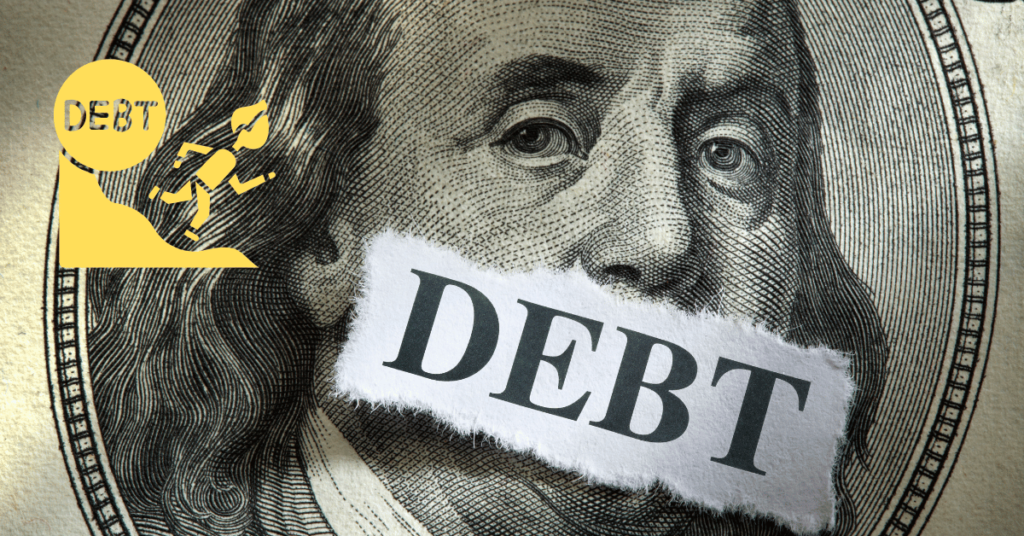When it comes to paying off debt, two popular strategies have emerged: the debt snowball method and the debt avalanche method. Each approach has its unique advantages, and understanding their differences can help you choose the right one for your financial situation.
In this article, we’ll break down both methods, how they work, and which might be the best fit for you.
The Debt Snowball Method
The debt snowball method focuses on paying off your smallest debts first while making minimum payments on larger debts. The idea is to gain momentum and motivation as you pay off smaller balances quickly.
Steps to Implement the Debt Snowball Method
- List all your debts from smallest to largest.
- Allocate extra funds to the smallest debt while making minimum payments on the others.
- Once the smallest debt is paid off, move to the next smallest debt, adding the previous payment amount to the minimum payment.
- Continue this process until all debts are paid off.
Advantages of the Debt Snowball Method
- Psychological Boost: Paying off smaller debts quickly can provide a sense of accomplishment and motivation.
- Simplicity: This method is straightforward and easy to follow, making it ideal for those who prefer a clear path to debt freedom.
The Debt Avalanche Method
The debt avalanche method prioritizes paying off debts with the highest interest rates first. This strategy can lead to greater long-term savings since you’re targeting the most expensive debts first.
Steps to Implement the Debt Avalanche Method
- List all your debts from highest to lowest interest rate.
- Focus extra payments on the debt with the highest interest rate while making minimum payments on others.
- Once the highest-interest debt is paid off, move to the next highest, using the previous payment amount as a boost.
- Repeat until all debts are eliminated.
Advantages of the Debt Avalanche Method
- Cost Efficiency: By targeting high-interest debts, you can save money on interest payments in the long run.
- Faster Debt Freedom: This method may lead to paying off your debts quicker due to lower overall interest accumulation.
Which Method Works Best for Loans?
The effectiveness of the debt snowball or avalanche method largely depends on your personal preferences and financial situation.
- Choose the Debt Snowball Method if:
You find motivation in small wins and prefer to see debts eliminated quickly. - Choose the Debt Avalanche Method if:
You want to minimize interest payments and are focused on long-term savings.
Ultimately, both methods can lead to debt freedom; the key is to choose one that aligns with your financial goals and keeps you motivated throughout the process.
Conclusion
In summary, both the debt snowball and debt avalanche methods have their merits. The debt snowball method can provide quick wins that boost your motivation, while the debt avalanche method is likely to save you more money on interest in the long run. Assess your financial situation, personal preferences, and emotional factors to determine which strategy aligns best with your goals. Remember, the most important aspect is to remain committed to your debt repayment plan and take proactive steps toward financial freedom.
If you have any questions feel free to comment down below. We are always here to guide you!
FAQs
1. What is the debt snowball method?
The debt snowball method involves paying off the smallest debts first while making minimum payments on larger debts to gain momentum.
2. What is the debt avalanche method?
The debt avalanche method focuses on paying off debts with the highest interest rates first, leading to potential savings on interest payments.
3. Which method is better for motivation?
The debt snowball method may be better for motivation as it provides quick wins by paying off smaller debts first.
4. Which method saves more money?
The debt avalanche method typically saves more money in interest payments over time by prioritizing high-interest debts.
5. Can I switch methods mid-way?
Yes, you can switch between methods if you find that one approach isn’t working for you. The most important thing is to stay committed to paying off your debt.




